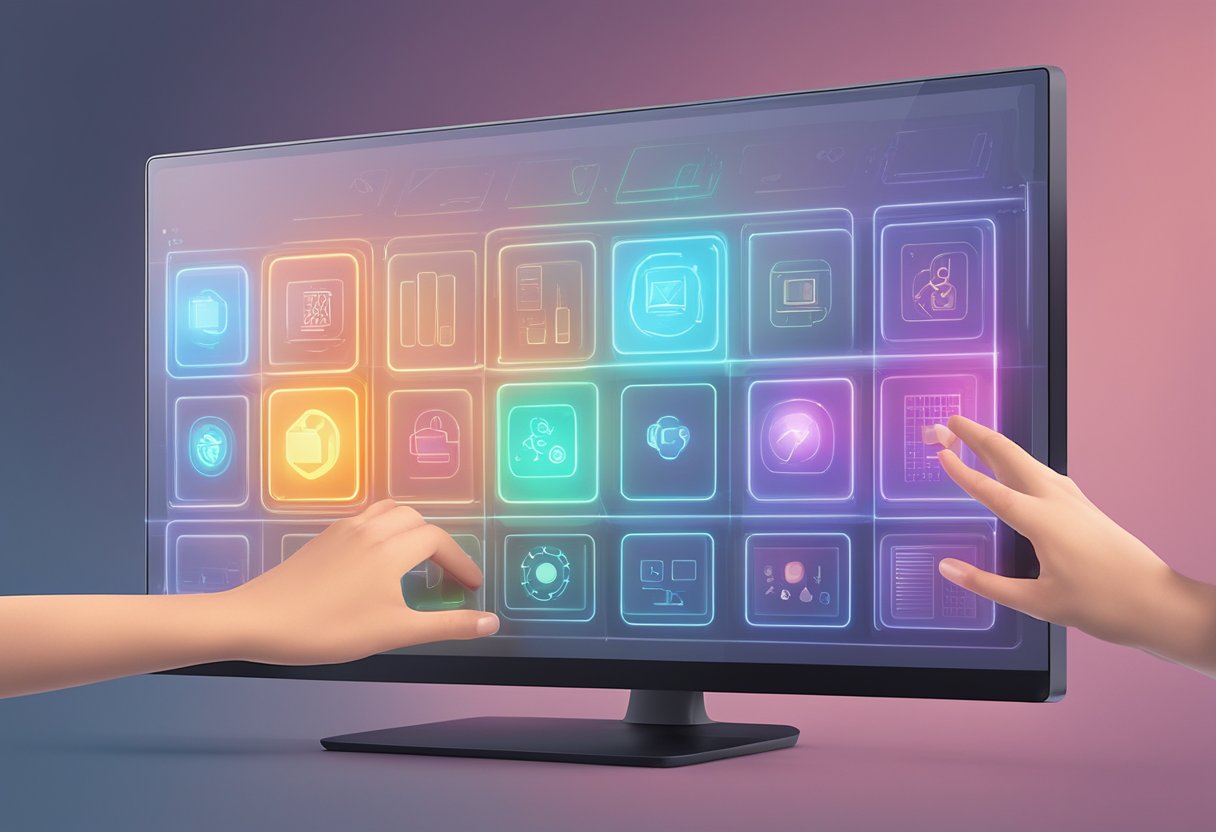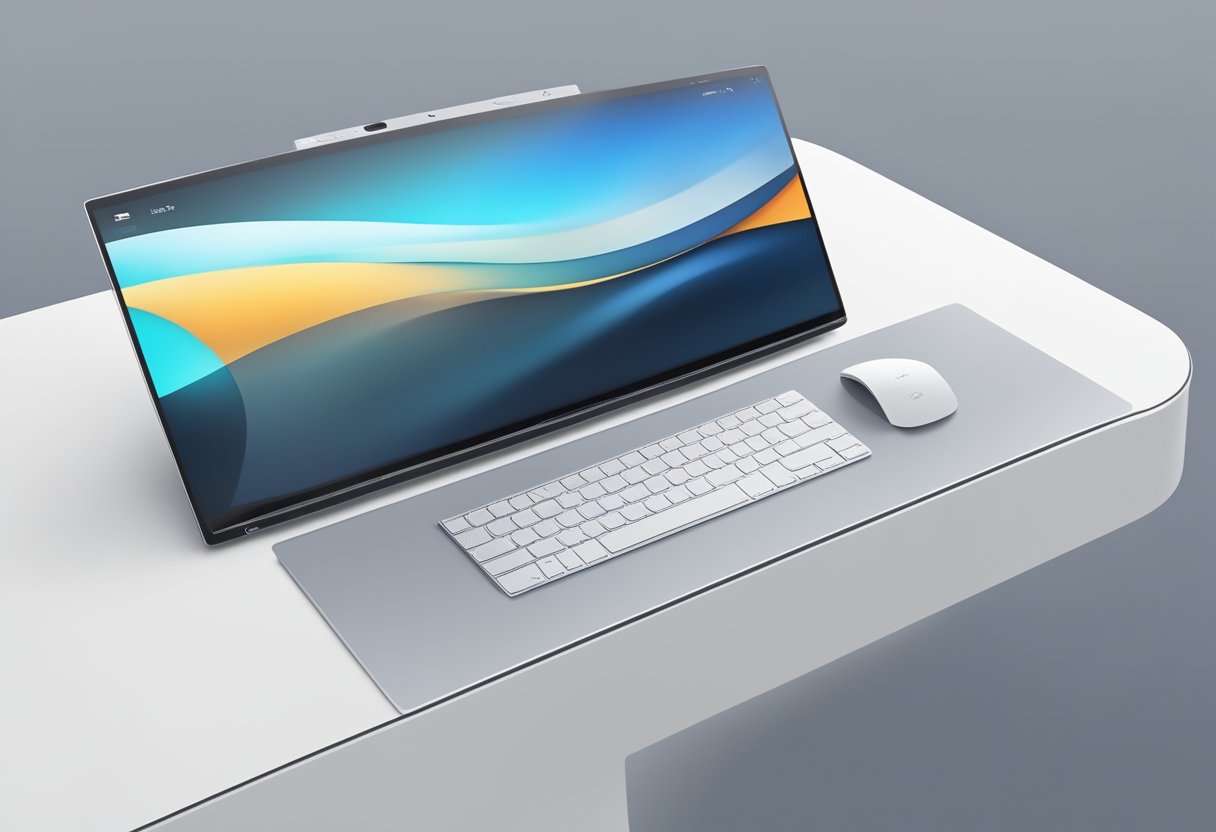Contact
Write to Us And We Would Be Happy to Advise You.
Do you have any questions, or would you like to speak directly with a representative?
By peter
If you’re looking for an interface that is reliable, cost-effective, and customizable, then the membrane touch panel might be the solution you’re looking for. A membrane touch panel is a thin and flexible interface that uses touch-sensitive keys or buttons to facilitate user input. It consists of multiple layers, including a graphic overlay, a spacer layer, a circuit layer, and a backer adhesive layer.

One of the main advantages of a membrane touch panel is its durability. Because the panel is made of thin and flexible materials, it can withstand a lot of wear and tear without breaking down. This makes it an ideal solution for devices that are used in harsh environments, such as industrial equipment or medical devices. Additionally, because the panel is customizable, it can be designed to fit the specific needs of your device. This means that you can create a user interface that is easy to use and intuitive for your customers.
Another advantage of a membrane touch panel is its ease of use. Because the panel uses touch-sensitive keys or buttons, it is very easy to operate. This means that your customers can quickly learn how to use your device, which can help to improve customer satisfaction. Additionally, because the panel is customizable, you can create a user interface that is tailored to the needs of your customers. This means that you can design a panel that is easy to use and intuitive, which can help to reduce frustration and improve customer satisfaction.

A membrane touch panel is a type of switch that is activated by pressing on a thin, flexible membrane. The membrane is made up of several layers of material, including a conductive layer and a non-conductive layer. When pressure is applied to the membrane, the conductive layer makes contact with the non-conductive layer, completing an electrical circuit and activating the switch.
Membrane touch panels are often used in applications where a durable and reliable switch is required. They are commonly found in consumer electronics, medical devices, and industrial control systems.
The layers of a membrane touch panel are typically made up of a graphic overlay, a spacer layer, and a circuit layer. The graphic overlay is the top layer of the membrane and is typically made of a durable material such as polyester or polycarbonate. This layer is printed with graphics and text that indicate the function of each switch.
The spacer layer is a thin layer of material that separates the graphic overlay from the circuit layer. This layer is typically made of a compressible material such as foam or silicone, and is used to provide a tactile response when the switch is pressed.
The circuit layer is the bottom layer of the membrane and is typically made of a flexible material such as polyester or polyimide. This layer is printed with conductive ink that forms the electrical circuit for each switch. When a switch is pressed, the conductive ink on the circuit layer makes contact with the conductive ink on the graphic overlay, completing the circuit and activating the switch.
Overall, membrane touch panels are a reliable and cost-effective solution for applications that require durable and customizable user interfaces.

When designing a membrane touch panel, there are several important factors to consider. These include the electrical layout, material selection, and environmental factors.
The electrical layout of a membrane touch panel is critical to its performance. The layout must be carefully designed to ensure that all components are properly connected and that there are no short circuits or other electrical problems. It is also important to consider the number of layers in the panel, as this can affect the cost and complexity of the design.
The materials used in a membrane touch panel can have a significant impact on its performance and durability. It is important to choose materials that are resistant to wear and tear, as well as to environmental factors such as moisture and temperature changes. Common materials used in membrane touch panels include polyester, polycarbonate, and acrylic.
When designing a membrane touch panel, it is important to consider the environment in which it will be used. Factors such as temperature, humidity, and exposure to sunlight can all affect the performance and durability of the panel. It may be necessary to use special materials or coatings to protect the panel from these environmental factors.
In summary, when designing a membrane touch panel, it is important to carefully consider the electrical layout, material selection, and environmental factors. By taking these factors into account, you can create a touch panel that is both reliable and durable, and that will perform well in a variety of environments.
Membrane touch panels are made through a series of steps that involve printing, cutting, and assembly. The process is highly precise and requires specialized equipment to ensure that the end product is of high quality. In this section, we will discuss the manufacturing process for membrane touch panels.
The first step in the manufacturing process is printing the circuit layout on a flexible substrate. The substrate is typically made of a polyester material that is coated with a conductive material. The circuit layout is printed on the substrate using a specialized printing technique called screen printing. This technique involves using a stencil to transfer ink onto the substrate.
After the circuit layout is printed, the substrate is cut to the desired shape and size using a laser or die-cutting machine. The cutting process is highly precise and ensures that the membrane touch panel fits perfectly into the final product.
Once the circuit layout is printed and the substrate is cut, the next step is to assemble the membrane touch panel. This involves placing a layer of adhesive on top of the printed circuit layout. The adhesive layer is typically made of a pressure-sensitive material that is activated when pressure is applied.
After the adhesive layer is applied, a layer of graphic overlay is placed on top of the adhesive layer. The graphic overlay is typically made of a polyester material that is printed with the final design of the membrane touch panel. The graphic overlay is then die-cut to the same shape and size as the substrate.
Finally, the assembly is completed by placing a spacer layer on top of the graphic overlay. The spacer layer is typically made of a compressible material that provides a tactile response when the membrane touch panel is pressed. The final product is a highly precise and durable membrane touch panel that can be used in a variety of applications.
In conclusion, the manufacturing process for membrane touch panels involves printing the circuit layout on a flexible substrate, cutting the substrate to the desired shape and size, and assembling the membrane touch panel using adhesive, graphic overlay, and spacer layers. The process is highly precise and requires specialized equipment to ensure that the end product is of high quality.
Resistive touch panels are one of the most popular types of touch panels used in industrial and consumer electronics. They consist of two layers of flexible material with a thin gap between them. When pressure is applied to the top layer, it makes contact with the bottom layer, completing an electrical circuit. This type of touch panel is known for its accuracy and durability, making it ideal for applications where heavy usage is expected. Resistive touch panels are commonly used in point-of-sale systems, medical devices, and industrial control systems.
Capacitive touch panels are another popular type of touch panel used in industrial and consumer electronics. They work by detecting changes in electrical fields caused by a conductive object, such as a finger or stylus. Capacitive touch panels are known for their high sensitivity and accuracy, making them ideal for applications where precision is important. They are commonly used in smartphones, tablets, and other mobile devices.
Membrane touch panels are widely used in both industrial and consumer electronics. In industrial applications, they are used in control systems, medical devices, and other equipment where durability and reliability are important. In consumer electronics, they are used in smartphones, tablets, and other mobile devices, as well as in appliances like microwaves and ovens.
In addition to their durability and reliability, membrane touch panels offer several other advantages. They are easy to clean, making them ideal for use in medical and food service applications. They are also low profile, making them ideal for use in space-constrained applications. Finally, they can be used in tandem with other control systems, such as touch screens and keyboards, to provide a complete user interface.
Do you have any questions, or would you like to speak directly with a representative?